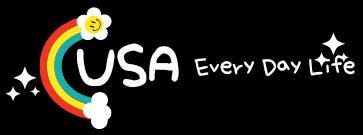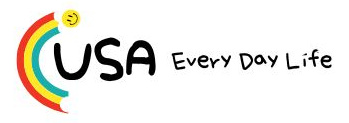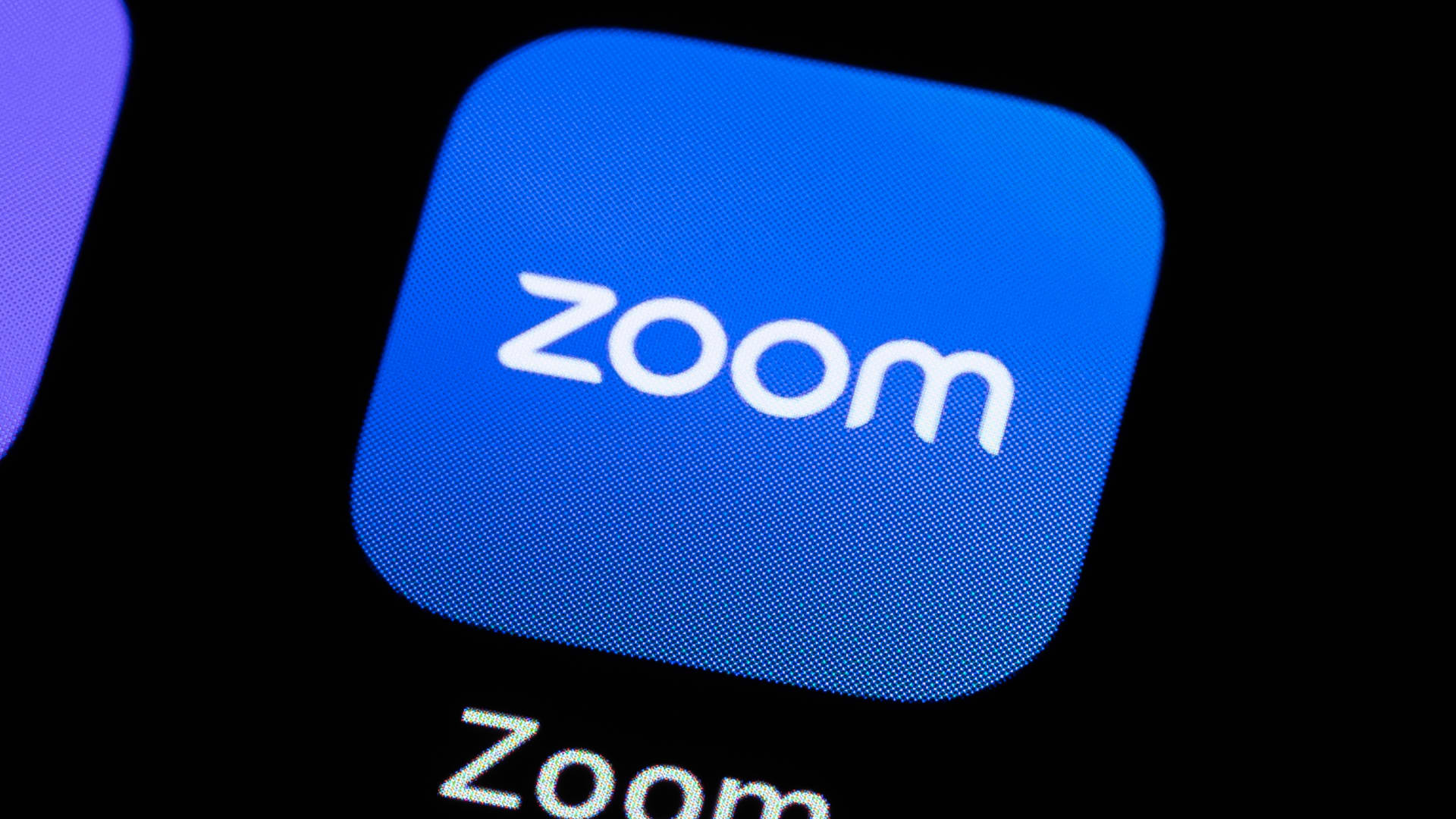Zoom Video Communications is re-emerging as a modest-growth story at a cheap valuation, with a very strong balance sheet. When the company reported Q2 results in late August, revenue grew about 4.7% year over year — its strongest growth in over 11 quarters. Adjusted EPS of $1.53 exceeded consensus expectations, growing by almost 39% year over year. Free cash flow rose at a comparable rate to $508 million for the quarter, with a free cash flow margin of greater than 40%. Critically, Zoom is gaining traction in its enterprise segment, which rose to just over 60% of Q2 revenue, up from just over 58% a year earlier. This shift toward higher-value accounts likely improves margins and may offer lower churn (i.e., stickier relationships). Excluding cash, which provides significant strength to the balance sheet, the company is trading at approximately 12x FY estimated operating income. In this case, I’m taking the estimated adjusted income and deducting ~4% of the company’s net cash as an estimate of interest income. Something worth considering when evaluating the price of a business’s options, given its so much cash on the balance sheet, is how expensive downside puts are relative to at-the-money options or out-of-the-money calls. For many businesses that carry net debt, downside puts may trade at substantial premiums for two reasons: 1) one might assume that if the stock declines, it is due to liquidity risks, and 2) the leverage to shareholder equity as a function of changes in the business’s enterprise value rises as the share price declines. The opposite is true for companies that carry substantial net cash. Put differently, one can view a share of Zoom as 30% net cash at the current market price. At the $66.70 52-week low the company hit in early April of this year, each share of ZM would be 38% cash — and that’s assuming the business had no free cash flow each quarter, but it does. At the current rate, I expect ZM will probably have $8 billion in net cash on the balance sheet. That cash hoard provides a substantial downside cushion, and consequently makes selling downside puts a less risky affair. Zoom, absent a new offering, is unlikely to return to the explosive growth seen during the pandemic, but the hybrid work environment appears here to stay. Combined with an attractive valuation and a rock-solid balance sheet, ZM may be an attractive stock for selling cash-covered puts. The following example provides a standstill yield of more than 4.4% in nine weeks. DISCLOSURES: None. All opinions expressed by the CNBC Pro contributors are solely their opinions and do not reflect the opinions of CNBC, NBC UNIVERSAL, their parent company or affiliates, and may have been previously disseminated by them on television, radio, internet or another medium. THE ABOVE CONTENT IS SUBJECT TO OUR TERMS AND CONDITIONS AND PRIVACY POLICY . THIS CONTENT IS PROVIDED FOR INFORMATIONAL PURPOSES ONLY AND DOES NOT CONSITUTE FINANCIAL, INVESTMENT, TAX OR LEGAL ADVICE OR A RECOMMENDATION TO BUY ANY SECURITY OR OTHER FINANCIAL ASSET. THE CONTENT IS GENERAL IN NATURE AND DOES NOT REFLECT ANY INDIVIDUAL’S UNIQUE PERSONAL CIRCUMSTANCES. THE ABOVE CONTENT MIGHT NOT BE SUITABLE FOR YOUR PARTICULAR CIRCUMSTANCES. BEFORE MAKING ANY FINANCIAL DECISIONS, YOU SHOULD STRONGLY CONSIDER SEEKING ADVICE FROM YOUR OWN FINANCIAL OR INVESTMENT ADVISOR. Click here for the full disclaimer.





